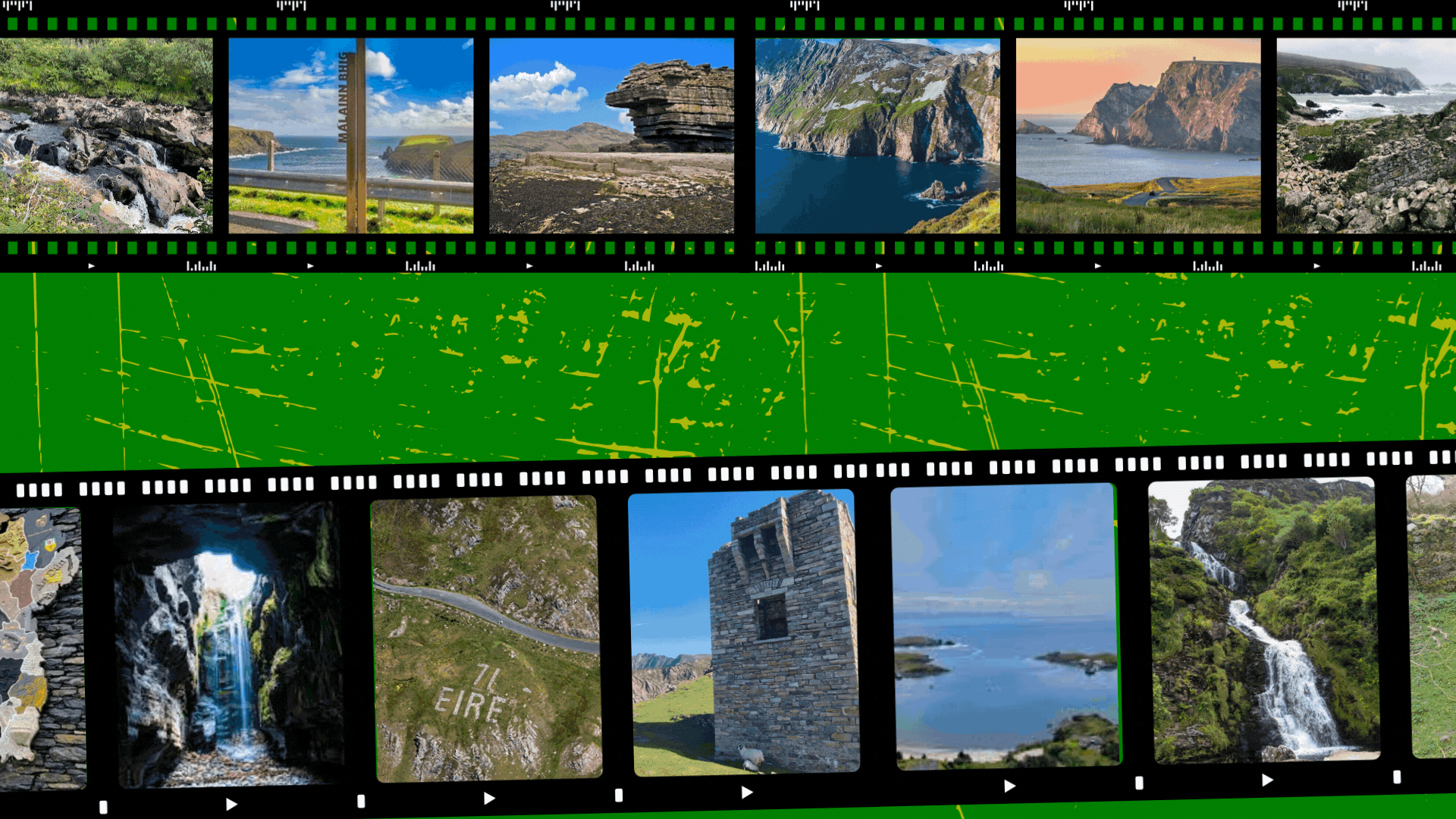Carrick Village – A Walk Through History
Welcome to Carrick – or An Charraig, meaning “The Rock” – a small Gaeltacht village set in the heart of south-west Donegal. Carrick sits at the crossroads between the mountains and the sea, just a few kilometres from the mighty Slieve League Cliffs.
This peaceful village has been part of Donegal’s story for centuries. The area was once dotted with early Christian settlements linked to Saint Colm Cille, whose influence can still be felt in nearby Glencolmcille. Old tracks and pilgrim paths criss-cross the hills around Carrick, connecting it to one of Ireland’s most historic landscapes.
Carrick began to grow in the 18th and 19th centuries as a market and church centre for the farming and fishing families of the parish. The Church of St. Colm Cille, built in the mid-1800s, became a landmark of the village. Its tall spire and stone walls have watched over generations of baptisms, weddings, and community gatherings.
Just across the way stood the Glencolmcille Hotel. Travellers heading for Teelin or the coast would stop here for a meal or a bed for the night. It was destroyed in 1920 during the war of independence.
A name that often appears in Carrick’s past is that of the Musgrave family. They were among the key local figures who shaped the development of the village and surrounding lands, remembered for their role in both farming and community life.
The Glen River runs gently through the village, providing fresh fish for local tables. Along its banks, you can still sense the rhythm of the old days – the sound of the water, the fields worked by hand, and the Irish language spoken naturally among neighbours.
Today, Carrick remains a welcoming stop for anyone exploring this corner of Donegal. Whether you’re walking to Sliabh Liag, visiting the local shops, or just enjoying a quiet cup of tea in the village, you’re part of a living story – one that blends history, community and the wild beauty of Donegal’s Gaeltacht.










